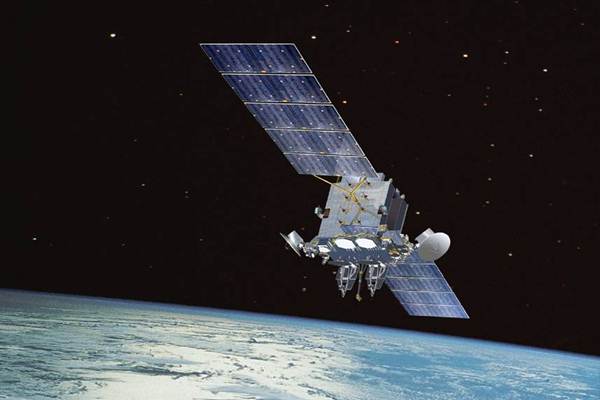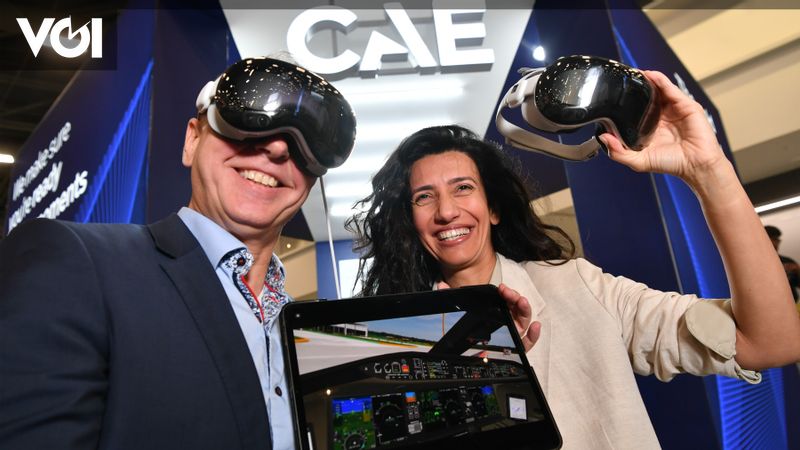Bisnis.com, JAKARTA – Astronomers are detecting radio signals from deeper space than ever before, using a cosmic trick first predicted by Einstein.
Using distorted spacetime as a magnifying glass, astronomers have picked up the most distant signals of their kind from distant galaxies, which may open a window into the formation of our universe.
The record-breaking radio frequency signal, picked up by the Giant Metrewave Radio Telescope (GMRT) in India, comes from the galaxy SDSSJ0826+5630, located 8.8 billion light-years from Earth, meaning the signal was emitted when the universe was about one-third the size of its current age.
The signal is an emission line from the oldest element in the universe: neutral hydrogen. In the aftermath of the Big Bang, this element existed throughout the cosmos as a turbulent haze from which the first stars and galaxies eventually formed. Astronomers have long searched for distant signals from neutral hydrogen in hopes of finding when the first stars began to shine, but the signals have proven difficult to spot, given their incredible distances.
A new study, published Dec. 23 in the journal Monthly Notices of the Royal Astronomical Society, suggests an effect called gravitational lensing may help astronomers find evidence of neutral hydrogen.
“A galaxy emits many different types of radio signals,” study lead author Arnab Chakraborty(opens in a new tab), a cosmologist at McGill University in Canada, said in a statement(opens in a new tab). “Until now, it was only possible to pick up this particular signal from a nearby galaxy, limiting our knowledge to galaxies closer to Earth.”
Check out other news and articles on Google News
Watch the video below:

“Travel nerd. Social media evangelist. Zombie junkie. Total creator. Avid webaholic. Friend of animals everywhere. Future teen idol.”


:strip_icc():format(jpeg)/kly-media-production/medias/3387188/original/007486800_1614303448-banner__1_.jpg)



